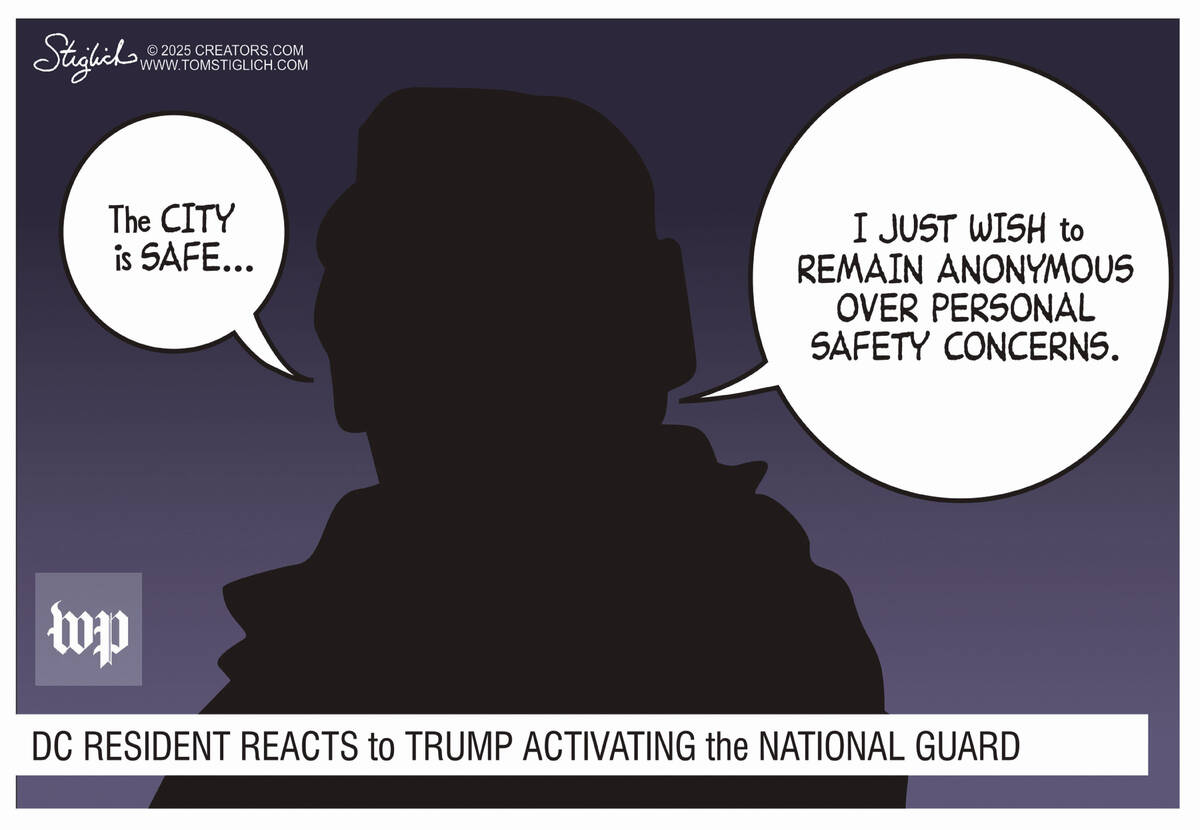Residents of Washington, D.C. are expressing their views on the presence of the National Guard in their city through a series of editorial cartoons. These illustrations, which have gained traction on social media, reflect a wide array of sentiments about military involvement in civil areas, especially following recent events that prompted a heightened security response.
The National Guard was deployed to Washington, D.C. in response to various incidents, including heightened concerns over civil unrest and security threats. Artists across the United States have used their creativity to capture public sentiment, offering a humorous yet poignant critique of the military’s role in urban life. These cartoons have sparked discussions about the implications of utilizing military resources for domestic issues.
Art as a Reflection of Public Sentiment
Editorial cartoons serve as a unique medium for political commentary, often distilling complex issues into accessible visuals. In the case of the National Guard’s presence, artists are illustrating a range of perspectives, from support for the troops to skepticism about their role in civilian spaces.
For instance, one cartoon depicts a soldier patrolling the streets of D.C. while a local resident quips about the unusual sight of military personnel in everyday life. This juxtaposition highlights the tension between security measures and the perception of a militarized environment. Such cartoons resonate with many D.C. residents who feel conflicted about the balance between safety and civilian freedom.
Social media has played a crucial role in amplifying these artistic expressions. Platforms like Twitter and Instagram have allowed artists to share their work widely, drawing attention to various opinions regarding the National Guard. Public engagement with these cartoons indicates a significant interest in the ongoing dialogue about military presence in urban areas.
Historical Context and Current Relevance
The deployment of the National Guard in Washington, D.C. is not a novel occurrence. Historically, the National Guard has been called upon during times of crisis, such as protests or major events. However, the current climate raises questions about the normalization of military presence in civilian settings.
As recent events have unfolded, the public’s response has varied. Some D.C. residents believe that the National Guard is necessary for maintaining order, particularly following incidents that have threatened public safety. Others view the military’s presence as an overreach, arguing that it may undermine the very democratic principles it seeks to protect.
In the realm of cartoons, artists have captured this duality, portraying both sides of the debate. The illustrations not only serve as entertainment but also as a means to provoke thought and discussion among the public.
The ongoing conversation about the National Guard’s role highlights broader concerns regarding civil liberties and the use of military force within the United States. As residents continue to process these changes, editorial cartoons will likely remain a vital part of the discourse, offering a lens through which to examine the evolving relationship between society and state security.
In summary, the editorial cartoons emerging from Washington, D.C. reflect a complex interplay of emotions surrounding the National Guard’s presence. Through humor and satire, these artists are facilitating important discussions about security, freedom, and the role of the military in civilian life, capturing the essence of a city grappling with its identity in times of uncertainty.
